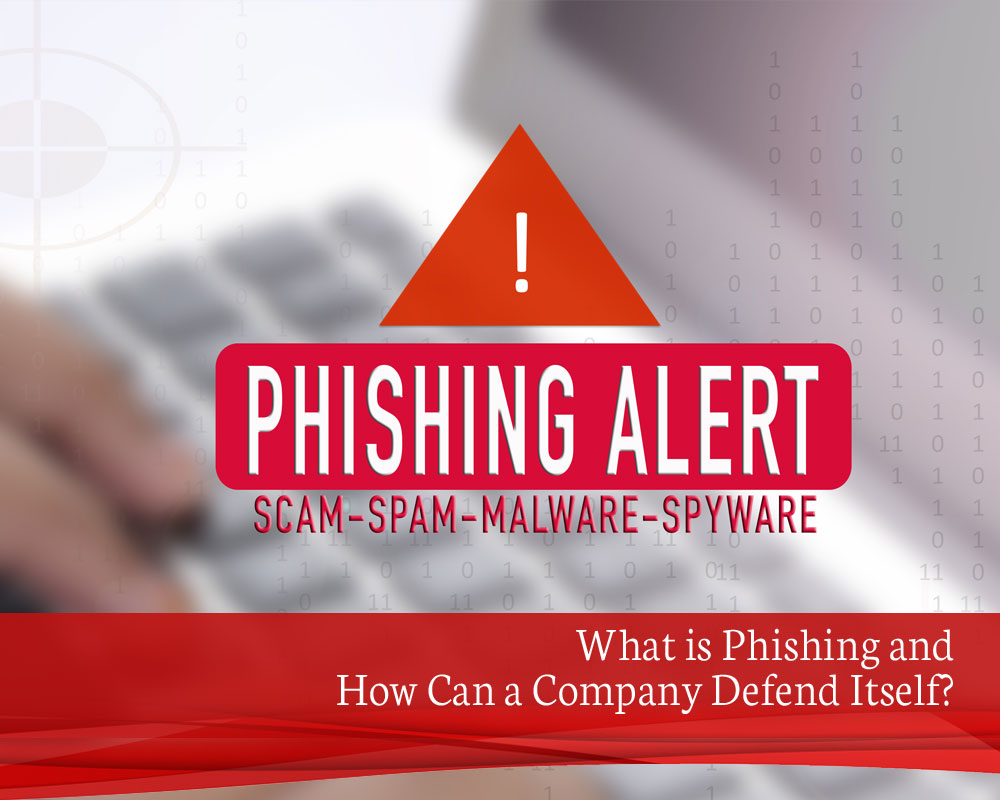
It’s a tale that is almost as old as time. A scammer impersonates someone else and ends up defrauding an individual or organization for personal gain. It’s been a stalwart of criminal endeavors throughout the ages. What is new is the tactics cybercriminals will use to gain access to sensitive information using social engineering. As email, social media, and mobile-connected devices became more prevalent in society, criminals sought to exploit these systems and generate revenue from the unauthorized access of information.
While most criminals operate in the dark of night, cybercriminals do not need the additional cover to ply their trade. By creating a situation that may seem like an emergency, they can quickly fool a person into giving them their personal or private information. One of the tactics they regularly use to achieve this is a phishing attack.
What is Phishing?
Phishing is a social engineering exploit that bad actors and hackers use to gain access to personal information or a company’s network. This entails sending a seemingly legitimate email or communication to the target and hoping they will click on a link or download a file that contains malware or another type of malicious software.
In most cases, phishing attempts want to extract personal information from their targets. This could be compromising financial information or any access details that should remain private. The techniques criminals use may vary, so knowing how to spot a phishing attempt is vital for keeping company information secure.
Types of Phishing Attempts
Several techniques exist that scammers may use to engineer a successful phishing attack. Usually, it involves creating a sense of urgency in the target to log into a site or download a file. Once the user downloads the file or logs into the site, hackers will harvest the personal information or install malicious software on their workstation.
Phishing isn’t just an email fraud either. Bad actors will utilize text messages or social media posts to achieve the same result. The goal is always to entice a user to click on a malicious link, download malware, or get them to enter their personal information into a dummy site. What makes today’s cybercrime more concerning is the prevalence of ransomware.
Why Ransomware is a Significant Cybercrime Threat
Ransomware presents an existential risk to most organizations. A single erroneous click from an employee can compromise the entire company network. Once an attempt succeeds in exploiting a network, it can encrypt all the information and lock everyone out of the system. The only way to remove the ransomware and decrypt the files will be to pay the criminal’s ransom amount.
Ransomware attacks can lead to a complete shutdown of business operations. In 2019, the US suffered from an unprecedented number of attacks. As these types of attacks continued to reap the rewards, it’s no surprise that hackers would increase their attack frequency. Cybercriminals also now target smaller businesses or government agencies instead of large enterprises due to their inefficient security systems and lack of technical expertise.
How to Protect your Company Against Phishing Attacks
Protecting against ransomware and phishing attacks requires a multi-pronged strategy. Firstly, the company will need a sophisticated firewall that will prevent malicious files from entering the network. The company will also need to conduct regular endpoint scans on every device that connects to their networks. This should include all printers, workstations, and mobile or tablet devices.
The business should also educate their employees to recognize a phishing attempt. As the techniques criminals use are sophisticated, this can be difficult. Hackers will go to extreme lengths to replicate corporate communications that seem to come from legitimate sources. Usually, informing staff to report any email or communication requesting them to enter personal information after clicking on a link can help prevent an attack from succeeding.
Additional preventative measures may include:
● Encrypting information (including backups) to prevent a complete system failure.
● Educating staff by conducting workshops illustrating different phishing attempts.
● Implement SPAM filters and advanced network monitoring solutions.
● Keeping all information network systems up to date with the latest security profiles.
● Ensure all workstations and other devices receive regular endpoint scans to detect malicious software.
Companies may want to deploy advanced network monitoring solutions that can detect suspicious behavioral patterns. The movement of information from one location to another or accessing the network during irregular hours could indicate a compromised system. The company should also develop a robust disaster recovery plan.
Using Managed IT Services to Protect Company Information
Since 1992, XMC has helped organizations to utilize technology for improved efficiency. As today’s technologies bring both advantages and risks to a business environment, partnering with an expert will be vital for future success. XMC provides a variety of different services, including network, IT, and print management. For companies that need the highest levels of network availability and security, XMC can help.
To discuss your company’s information security, or to get more information about how to protect against phishing attacks, contact one of XMC’s cybersecurity professionals today.
